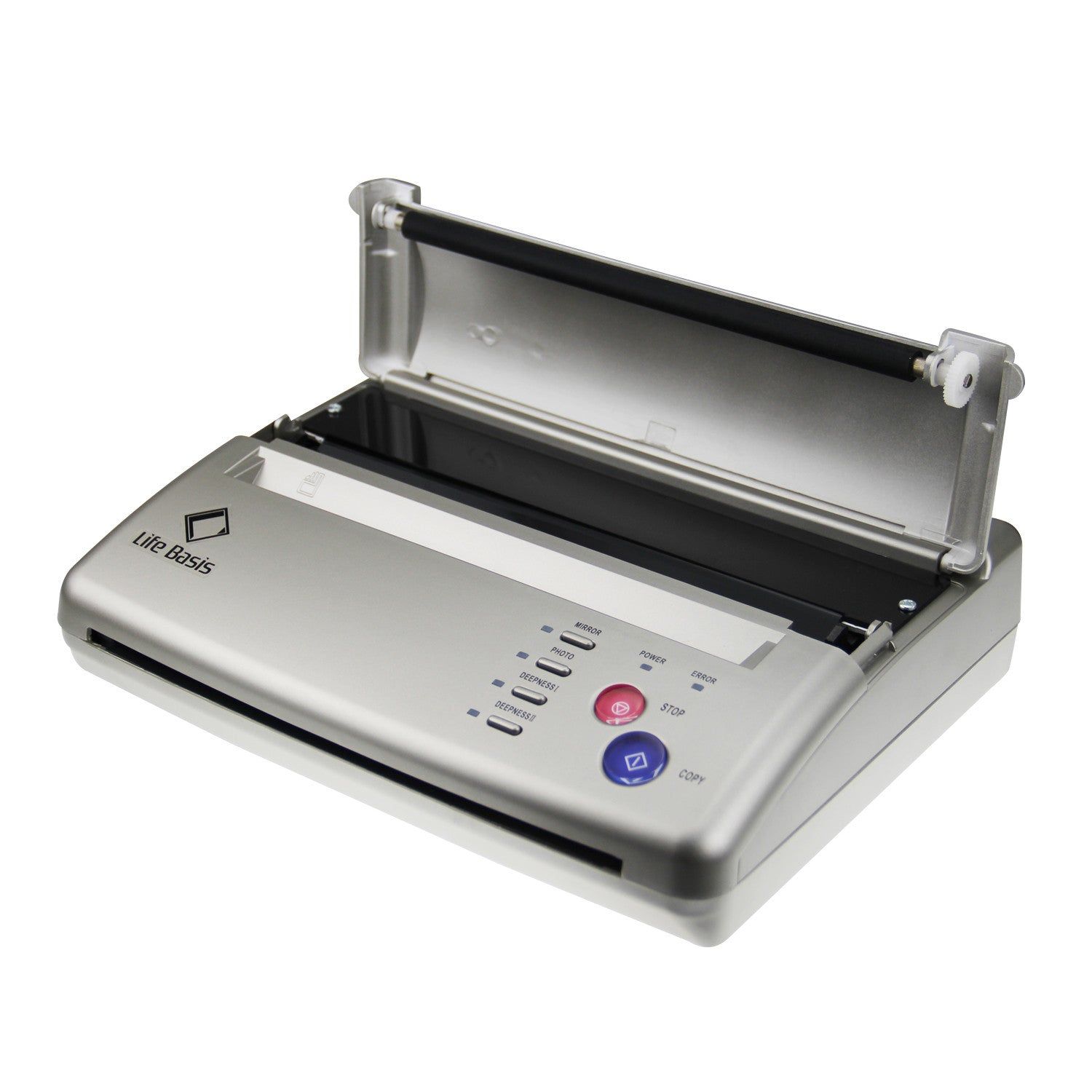Successfully Transferred: Ensuring Data Integrity And Security

Table of Contents
Planning for a Successful Data Transfer
Before initiating any data transfer, meticulous planning is paramount. Failing to adequately plan can lead to delays, data loss, and security vulnerabilities. A well-defined plan minimizes these risks and ensures a smooth, efficient transfer.
Comprehensive Data Assessment
Before you even begin thinking about how to transfer data, you must understand what data you're transferring. A thorough data assessment is the cornerstone of a successful transfer.
- Categorize data by sensitivity level: Classify data as confidential, sensitive, public, or internal to determine the appropriate security measures. This categorization dictates the level of security required during the transfer process.
- Estimate the total data volume: Knowing the size of your dataset helps determine the most efficient transfer method and timeframe. Large datasets may require specialized solutions or a phased approach.
- Identify any critical dependencies between data sets: Understanding relationships between different data sets prevents data inconsistencies or errors post-transfer. Document these dependencies to ensure a seamless transition.
- Document the current data storage and access methods: Detailed documentation clarifies the source and destination of the data, simplifying the transfer process and facilitating troubleshooting if needed.
Choosing the Right Transfer Method
Selecting the right data transfer method depends on several factors, including data volume, sensitivity, budget, and existing infrastructure. Consider these options:
- Direct file transfer (FTP, SFTP): Suitable for smaller datasets and situations where speed isn't paramount. SFTP provides enhanced security through SSH encryption. However, it's less efficient for large-scale transfers.
- Cloud-based transfer services (e.g., AWS S3, Azure Blob Storage): These services offer scalability, cost-effectiveness, and robust security features. They are excellent for larger datasets and offsite backups. They also often provide monitoring and logging tools.
- Dedicated network connections: Ideal for high-security, high-volume transfers where speed and reliability are critical. This method requires a dedicated line, often more expensive but guarantees bandwidth and security.
- Data migration tools: Automated solutions are ideal for large-scale transfers with complex data transformations. These tools can often handle various data formats and ensure data integrity during the process. They often offer features to handle data cleansing and validation as part of the migration process.
Implementing Robust Security Measures
Data security is not an afterthought; it's an integral part of every stage of a successful data transfer. Implementing robust security measures protects your valuable information from unauthorized access and breaches.
Encryption in Transit and at Rest
Protecting your data during transfer and storage is crucial. Encryption safeguards your information from interception and unauthorized access.
- Use TLS/SSL for secure communication channels: These protocols encrypt data in transit, protecting it from eavesdropping. Ensure your chosen transfer method supports these protocols.
- Encrypt data at rest using robust encryption algorithms: Encrypt data stored on servers or storage devices using strong algorithms like AES-256. This protects data even if the storage device is compromised.
- Regularly update encryption keys: Regular key rotation strengthens security and minimizes the impact of potential key compromises.
Access Control and Authentication
Restricting access to your data is vital for maintaining security. Employ strong authentication and authorization mechanisms.
- Implement multi-factor authentication (MFA) for all users: MFA adds an extra layer of security, making it harder for unauthorized users to access your data.
- Use role-based access control (RBAC) to limit access privileges: Grant users only the necessary access rights based on their roles, minimizing the risk of unauthorized data access.
- Regularly audit user access logs: Monitoring access logs helps detect suspicious activity and potential security breaches.
Monitoring and Logging
Continuous monitoring and detailed logging are vital for early detection of potential security incidents.
- Implement real-time monitoring of data transfer activity: Track data transfer progress and identify potential anomalies.
- Maintain detailed logs of all transfer events: Detailed logs are essential for auditing and troubleshooting.
- Set up alerts for suspicious activity: Configure alerts to notify you of any unusual activity, allowing for prompt response and mitigation.
Ensuring Data Integrity After Transfer
After the transfer is complete, verifying data integrity is crucial. This ensures that the data arrived accurately and completely.
Data Validation and Verification
Use checksums or hashing algorithms to ensure data integrity throughout the transfer process.
- Use MD5, SHA-256, or similar hashing algorithms: These algorithms generate unique fingerprints for your data, allowing you to verify its integrity.
- Compare checksums before and after transfer to detect any discrepancies: Any mismatch indicates potential data corruption or loss during the transfer.
- Implement data validation checks to ensure data consistency and accuracy: Validation checks ensure that the data meets specific criteria and is consistent with expectations.
Post-Transfer Testing
Thorough testing is the final step in ensuring a successfully transferred dataset.
- Run application tests to verify functionality: Ensure that the transferred data functions correctly within the applications that rely on it.
- Perform data integrity checks: Repeat data integrity checks to confirm the accuracy and completeness of the data in its new environment.
- Validate data accessibility and usability: Verify that the data is accessible and usable in its new location.
Conclusion
Successfully transferring data requires careful planning, robust security measures, and diligent verification. By following the strategies outlined above—from comprehensive data assessment and choosing appropriate transfer methods to implementing strong security controls and ensuring data integrity—organizations can significantly reduce risks and guarantee a smooth and secure data transfer. Don't compromise your valuable data; prioritize a successful data transfer with the right planning and execution. Remember, a successful data transfer is not just about the speed of the process, but the reliability and security it ensures for your valuable information. Start planning your next successful data transfer today!

Featured Posts
-
 Efficient Data Transfer Optimizing Your Workflow
May 08, 2025
Efficient Data Transfer Optimizing Your Workflow
May 08, 2025 -
 Stephen Kings The Long Walk Trailer Reaction And Adaptation Analysis
May 08, 2025
Stephen Kings The Long Walk Trailer Reaction And Adaptation Analysis
May 08, 2025 -
 Grayscale Xrp Etf Filing Update Xrp Price Performance Exceeds Bitcoin And Top Cryptos
May 08, 2025
Grayscale Xrp Etf Filing Update Xrp Price Performance Exceeds Bitcoin And Top Cryptos
May 08, 2025 -
 Zhurnalist Raskryvaet Detali Kontrakta Zenita S Zhersonom E500 000
May 08, 2025
Zhurnalist Raskryvaet Detali Kontrakta Zenita S Zhersonom E500 000
May 08, 2025 -
 Historic Pierce County Homes Demolition Park Project Announced
May 08, 2025
Historic Pierce County Homes Demolition Park Project Announced
May 08, 2025
